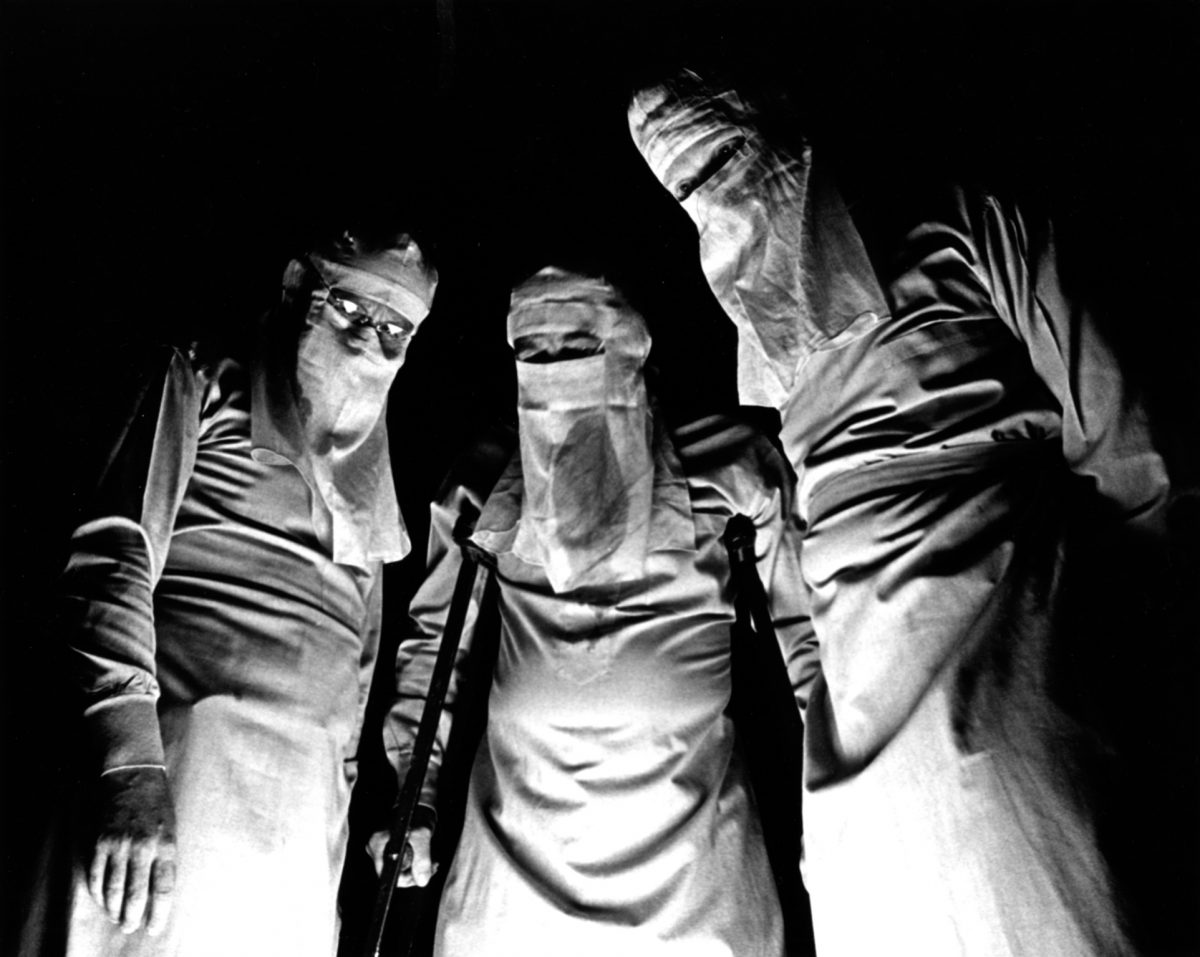Johnny Got His Gun

Dalton Trumbo
USA – 1971

Screenplay: Dalton Trumbo
Cinematography: Jules Brenner
Production: World Entertainment
Language: English
Duration: 112 min
Color: Black and White, Color
Synopsis: On the last day of the Great War (WWI), Joe Bonham is hit by a mortar shell. He wastes away in a hospital bed in a fate worse than death: a quadruple amputee who has lost his eyes, ears, mouth and nose, he feels nothing but pain, yet remains fully conscious. Reliving his life through strange reveries, unable to distinguish whether he is awake or dreaming, one day Joe discovers a unique way to communicate with his caregivers.
Notes:
Adapted by Dalton Trumbo from his own novel, Johnny Got His Gun is a very unusual war movie for a Hollywood director to have made. Among its most fervent admirers was Luis Buñuel, who was a close friend of Trumbo’s and who collaborated on an early script of the film. Trumbo puts us in the position of a horribly wounded man who has lost not only his arms and legs but his senses as well. Timothy Bottoms is the sensitive young soldier lying like a lump of meat on his hospital bed, conjuring up his past. We see, as if from his perspective, the surgeons crowding over him, marveling that he is alive at all. The ‘present’ is shot in black and white, but Trumbo uses soft-hued color flashbacks and fantasy sequences in lithe and imaginative fashion. The childhood scenes with Jason Robards as a folksy patriarch, are especially affecting. There is a disconcerting mix of horror and humor too; as Joe considers his plight, he rages but no one can hear him. Hidden behind a mask except in flashbacks, Timothy is the sacrificial lamb for Democracy, while Donald Sutherland appears as a cardsharp counterculture Jesus. The image of an exultant Christ driving a steam train of the dead was suggested by Luis Buñuel.
One of the ‘Hollywood Ten,’ imprisoned and blacklisted as a communist, Trumbo has more than fifty credits to his name, and another dozen or so written under an alias or behind a front. They include Kitty Foyle, I Married a Witch, A Guy Named Joe, Gun Crazy, Roman Holiday and Spartacus. He only directed this one film, as a strange, deeply unsettling allegory of war. Trumbo’s original novel was written in the late 1930s as an anti-war tract, looking back on WWI. The film version was released during the Vietnam War, when it couldn’t help but have a strong new resonance, where the horrors of war are renewed and, for some critics, felt much more immediate than, for example, La Grande Illusion.
Excerpts adapted from Macnab, Geoffrey. “Johnny Got His Gun.” Sight & Sound 20, no. 5 (May 2010): 94. and Charity, Tom. “Johnny Got His Gun.” Sight & Sound 19, no. 7 (July 2009): 97.


